Course Overview
BeginnerAI
Cybersecurity & Responsible Practices for AI and LLM Tools
This course shows non-technical staff how to use AI and LLM tools safely: what data never belongs in prompts, how to recognize prompt-injection and jailbreak attempts, how to handle file uploads and connectors, how to verify and share outputs, and when to report issues. We also cover basics of vendor/model risk, supply-chain considerations, and light “observability” habits for teams, so everyday users can reduce risk while still getting value from AI. The approach aligns to emerging AI-specific threats and best practices such as lifecycle controls, access governance, and continuous monitoring.
Why this course matters
- AI introduces new attack paths (jailbreaking, prompt injection, data extraction) that traditional security habits don’t fully cover; staff need practical guardrails at the point of use.
- Rapid “vibe coding” and self-serve AI tools expand who can build and automate; democratized, easy-to-follow safety practices are essential.
- Clear policies, data-handling rules, and lightweight monitoring significantly reduce risk from sensitive data exposure, supply-chain components, and misconfigurations.
Who should attend
- Employees who use AI/LLM tools
- Team leads and managers responsible for enforcing safe AI use
What you’ll learn
- Data minimization for prompts - Decide what can and cannot be shared with AI; strip or mask sensitive details before use.
- Recognizing prompt injection & jailbreaks - Spot manipulation tactics, refuse unsafe instructions, and recover safely.
- Safe handling of files, connectors, and plugins - Upload, retrieve, and integrate data with least-privilege access.
- Vendor and model-risk basics - Understand open vs. closed models, third-party components, and supply-chain exposure.
- Output verification and sharing - Validate results, cite sources when possible, sanitize before sharing, and avoid over-trusting outputs.
- Policy & acceptable use - Apply internal AI use policies, consent, and data-retention guidelines.
- Reporting & response - Capture key details, escalate quickly, and learn from incidents to harden workflows.
Practical applications
- Create team data guides for prompts and require pre-use review for sensitive workflows.
- Enable least-privilege access for AI tools, connectors, and shared drives; audit and revoke access regularly.
- Log important interactions and provide a simple reporting path for issues and near-misses.
Syllabus
Prerequisites
- Basic familiarity with your team’s AI/LLM tools (no technical background required)
Instructors
Output Workshop

